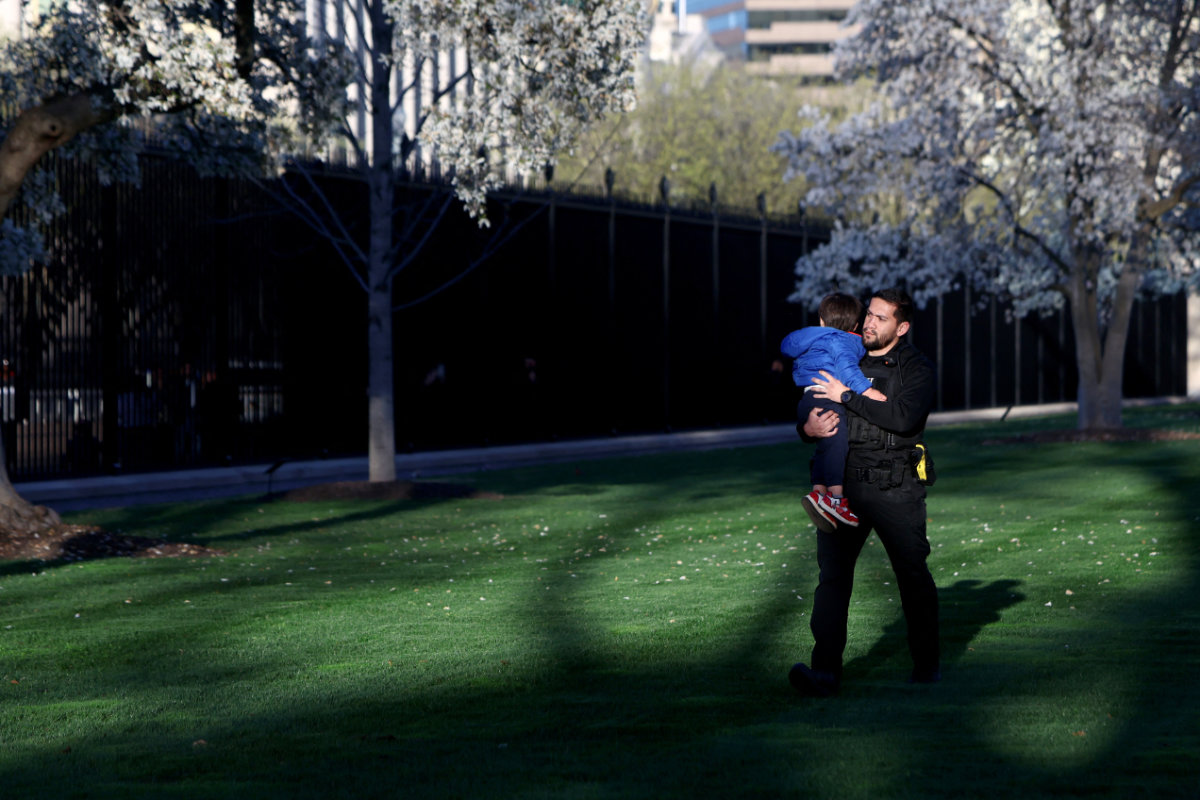PREVALLE, Kosovo: As firefighters in southern Kosovo prayed for rain in their battle against wildfires in the Sharr Mountains National Park, a young man on a motor-bike approached them and said: “I am here to help.”
Allmedin Smaili, 26, a dentist from the nearby town of Prizren, has been helping firefighters for seven days to stop a fire in the park where he and his friends usually go with their motorbikes to enjoy the thrill of riding over the harsh terrain.
Two men at the fire department base fill backpack waterbags of 25 liters each and Smaili transports them to other firefighters to use to douse the flames as huge areas of pine trees burn.
Most of the time he carries two backpacks with water totalling 50 liters, food and bottles of drinking water.
“When I saw what firefighters are going through and how committed they are I told myself I have to do something,” Samili said as he prepared to transport more water.
On Wednesday, Smaili called three other friends to transport more water as breeze stopped the flames and a US helicopter from the NATO peacekeeping mission in Kosovo started to drop water. The challenge is to stop slow burning trees which can ignite again with a more destructive fire.
“To reach the highest point with water on our back we need three hours and the boy (Smaili) was doing it in less than ten minutes,” said Flamur Hoti, the firefighters’ commander.
“We never imagined he could be so helpful.”
Video from his GoPro camera shows Smaili handing water to his new colleagues as his motorbike sped along trails made by brown bears and wild goats.
Steep slopes can be seen from his left and right side through traces of old burned areas which are still visible.
Fire trucks can not reach the terrain some 1,900 meters above the sea level.
“Cross motor-bike is a hobby for me but this week in turned into a real job,” he said, smiling. “When I see the impact, it gives me pleasure and I never got tired during these days.”
Kosovo man braves wildfires on motorbike to deliver water to firefighters
https://arab.news/9g9ku
Kosovo man braves wildfires on motorbike to deliver water to firefighters

- Allmedin Smaili, 26, a dentist from the nearby town of Prizren, has been helping firefighters for seven days
- Most of the time he carries two backpacks with water totalling 50 liters, food and bottles of drinking water





























